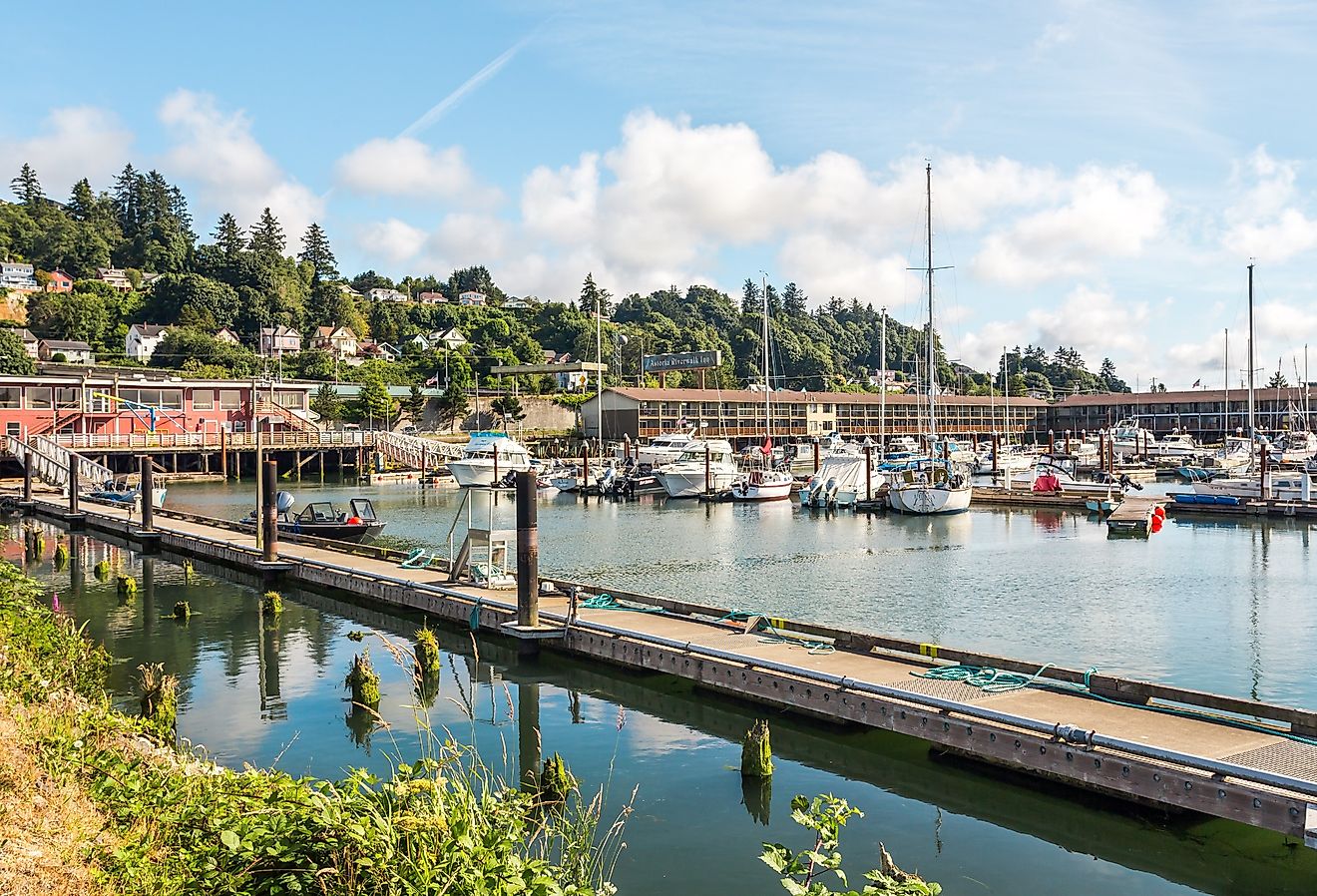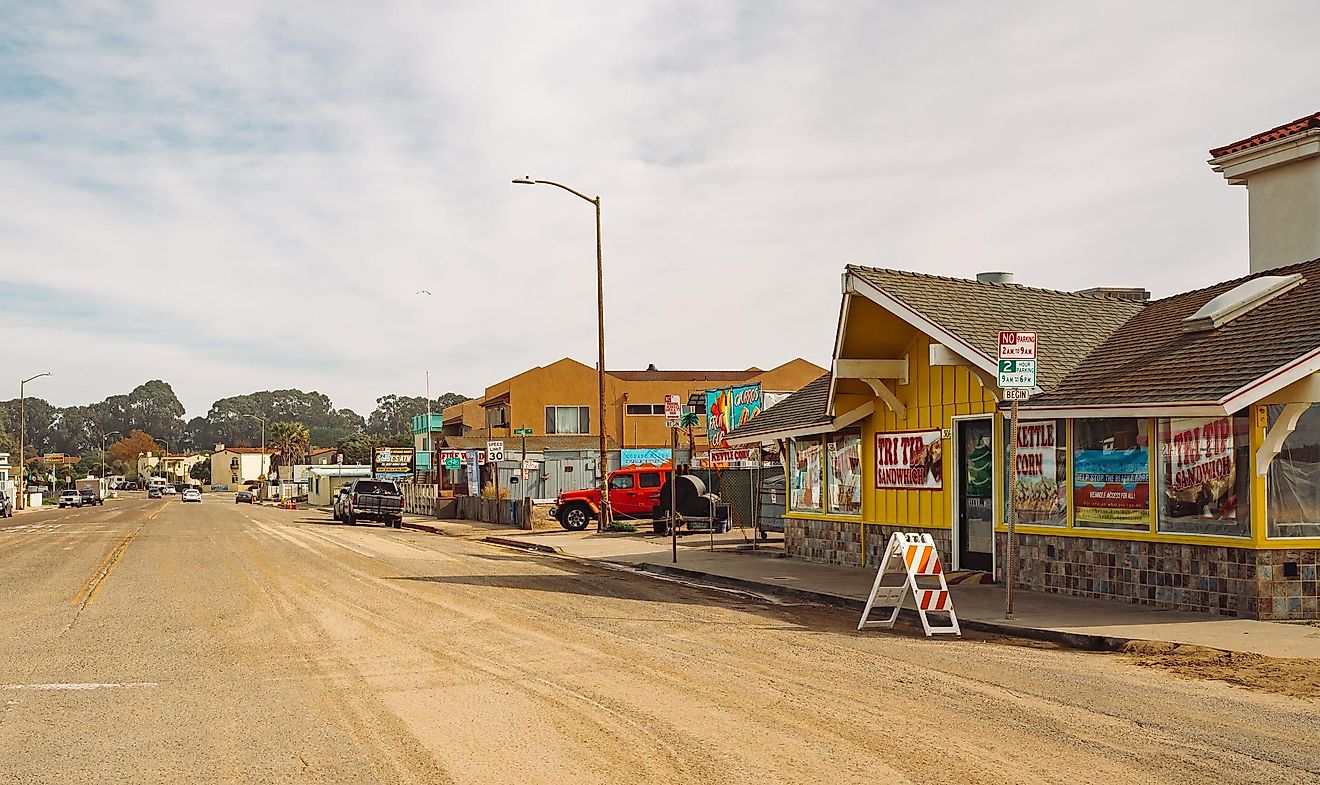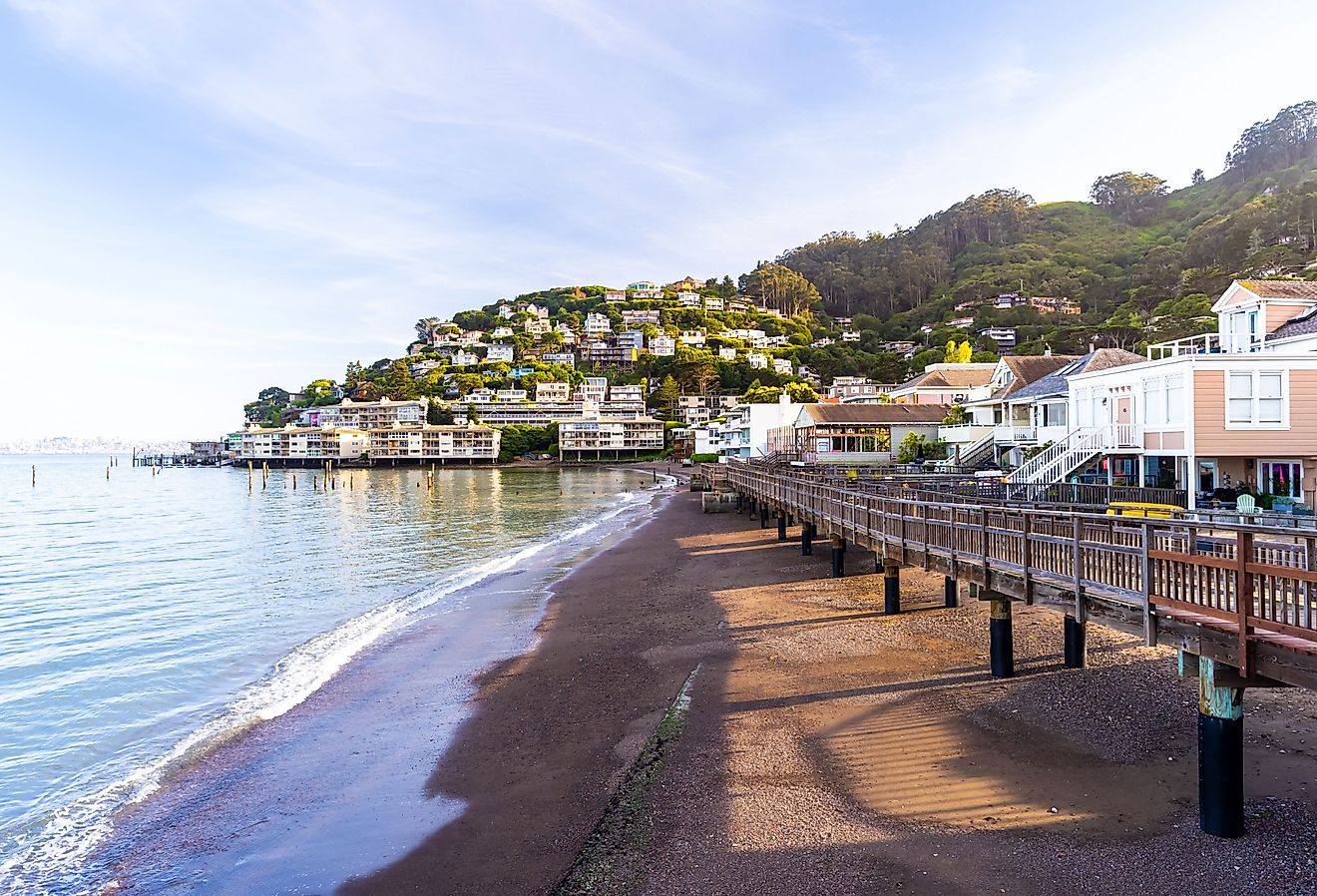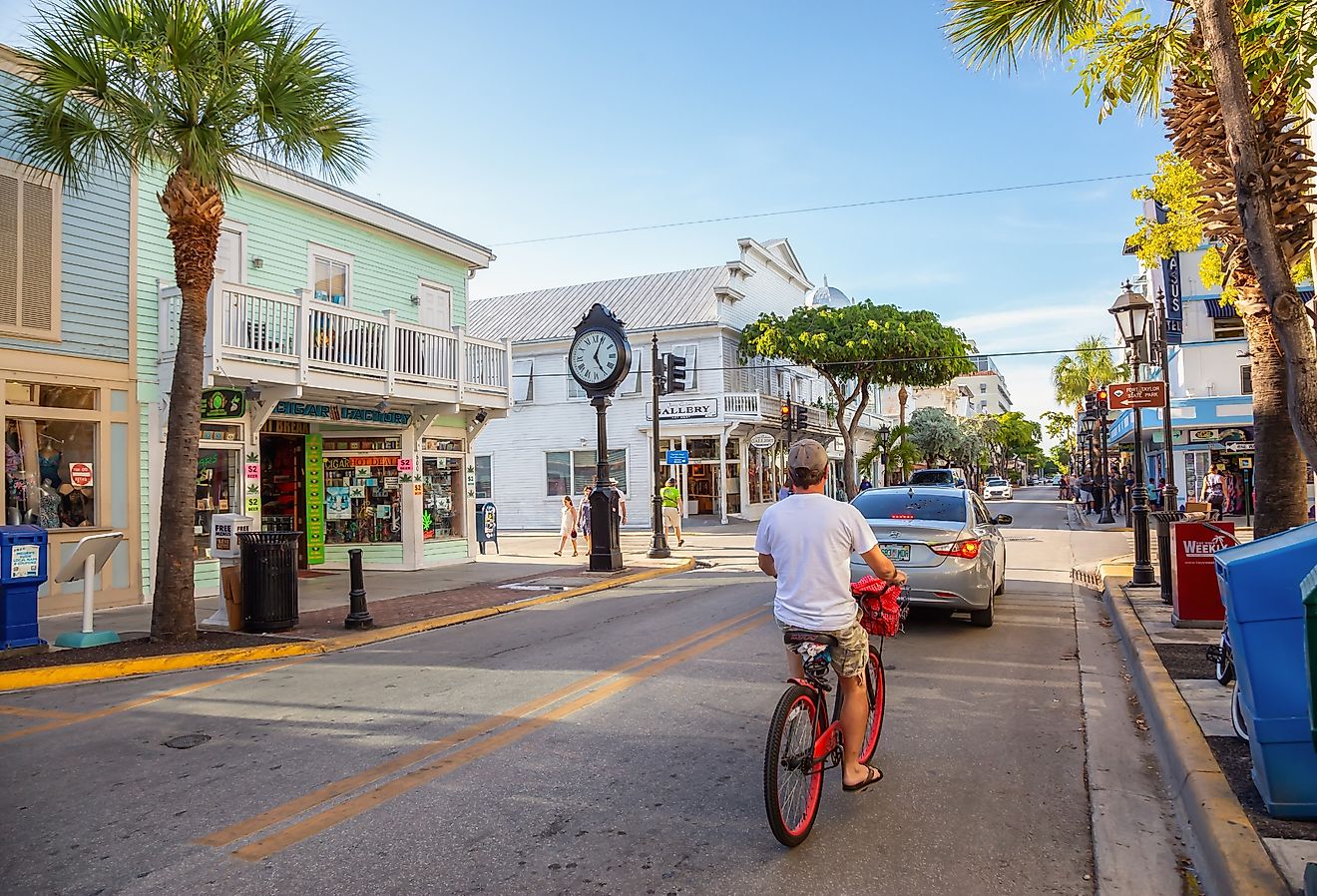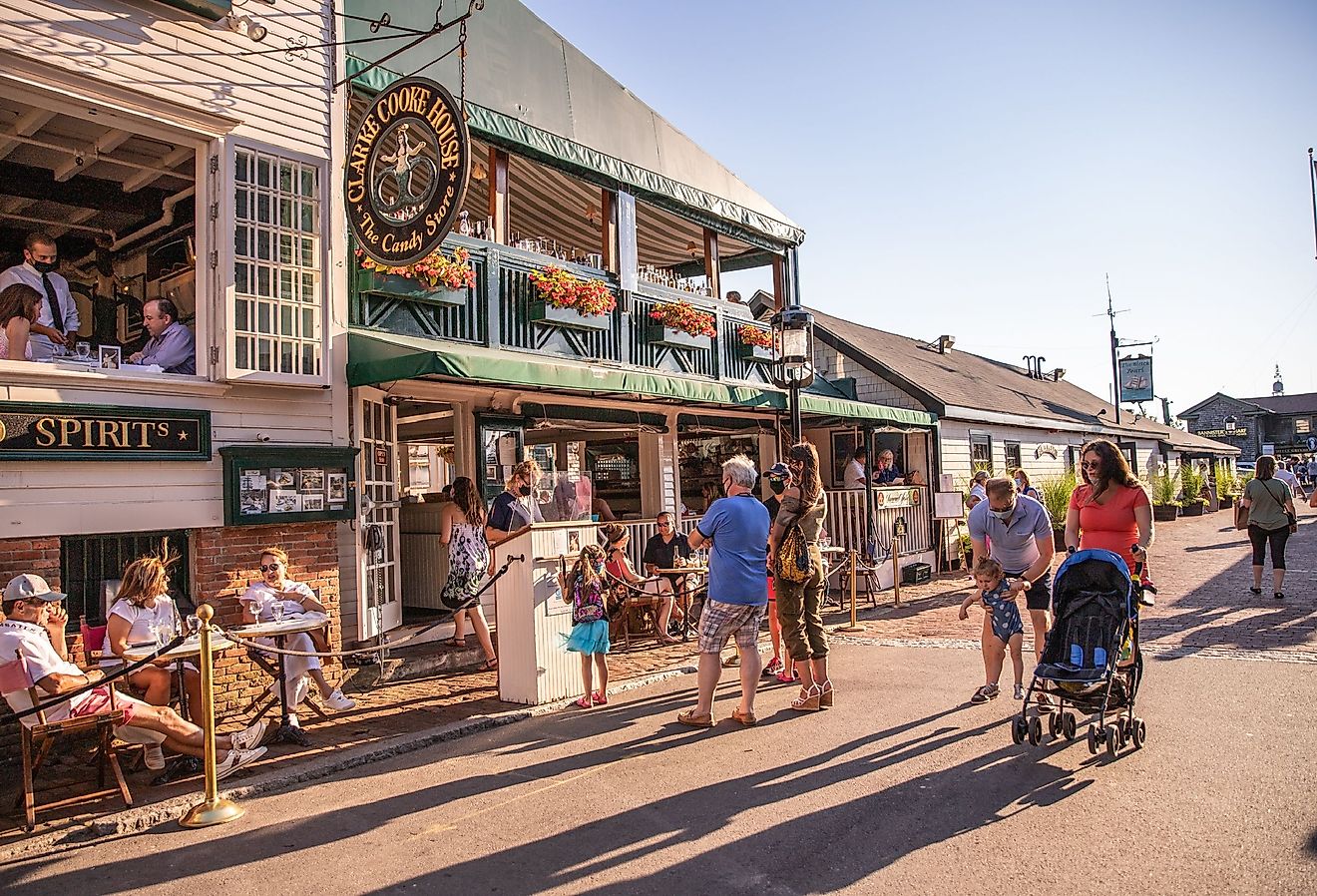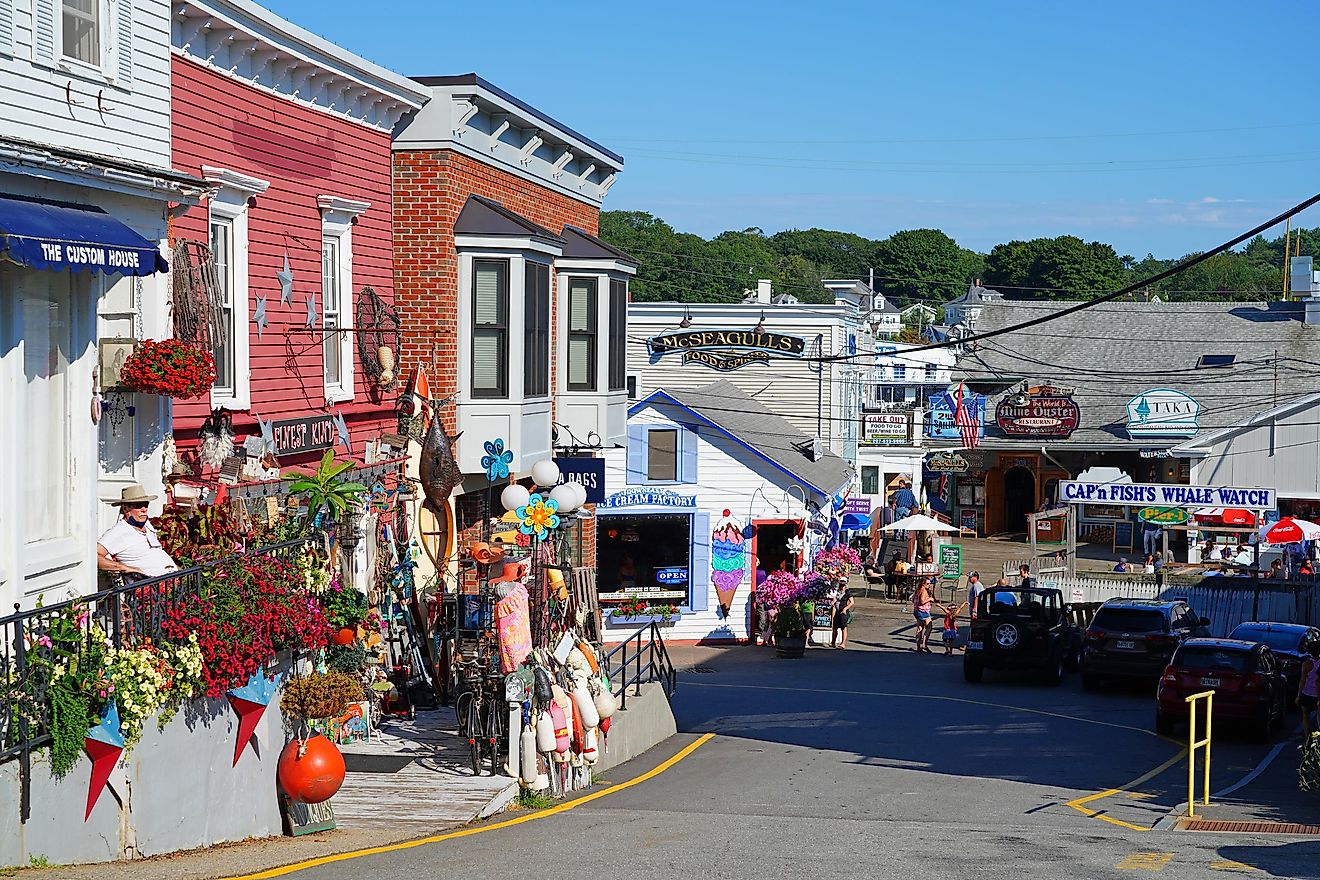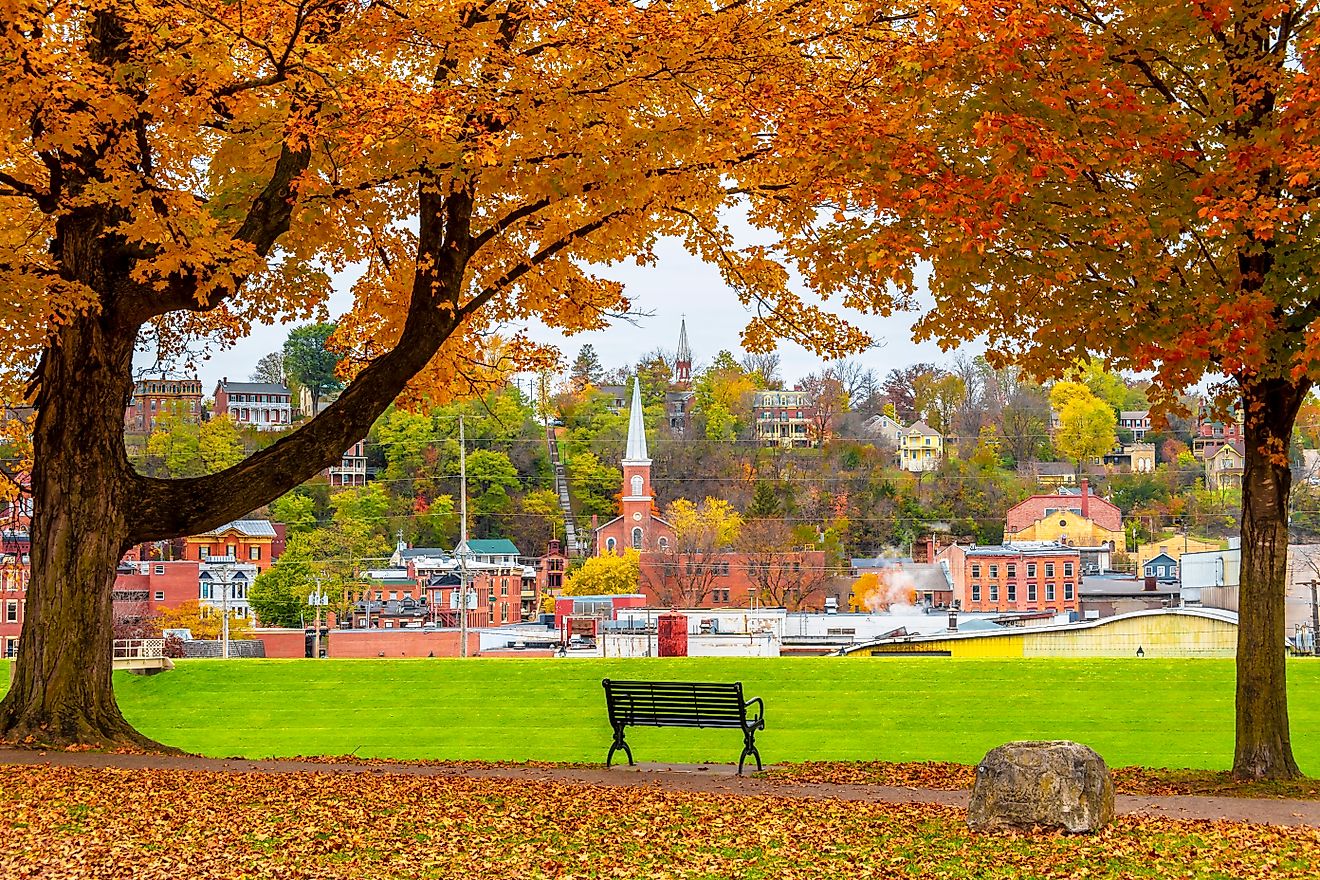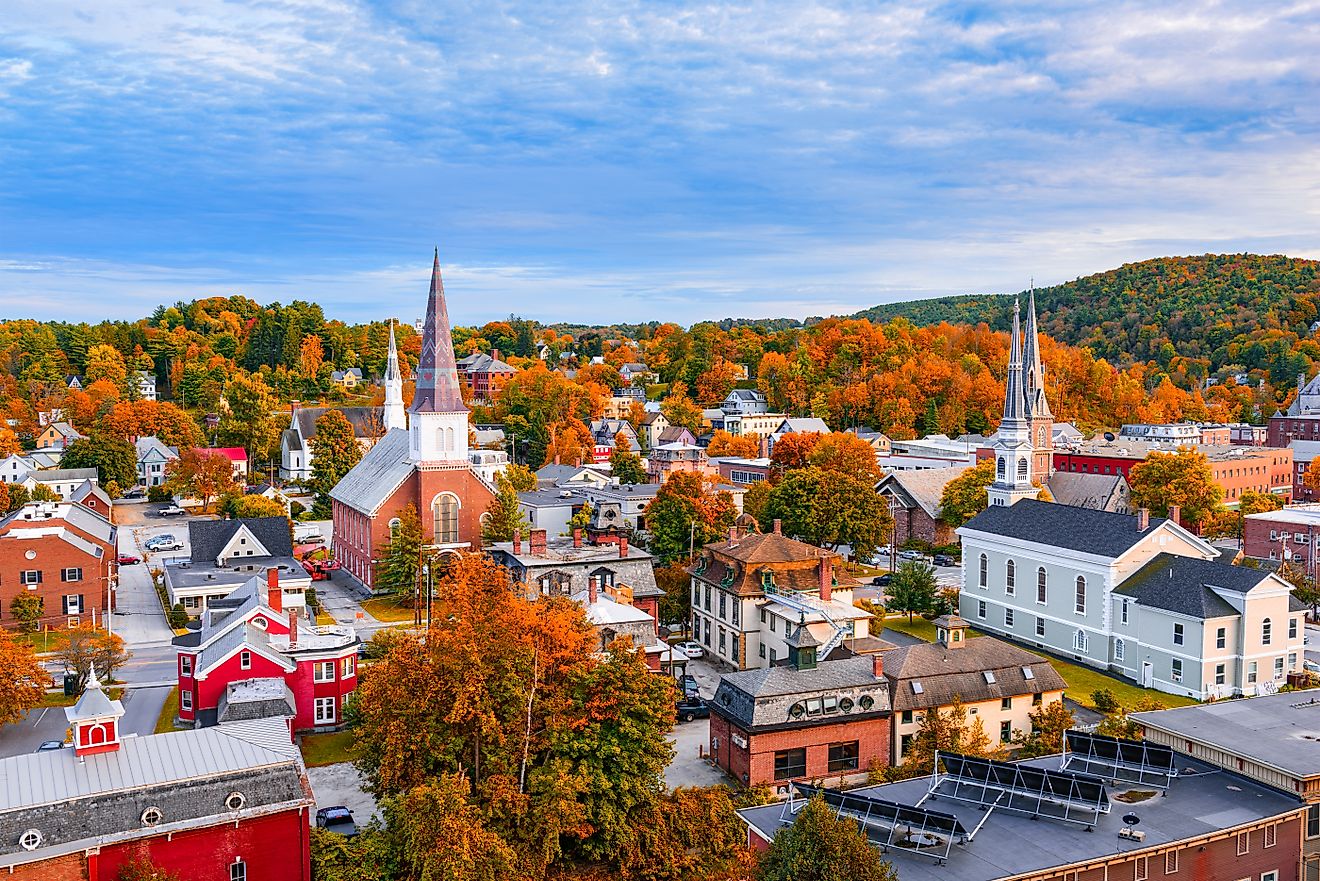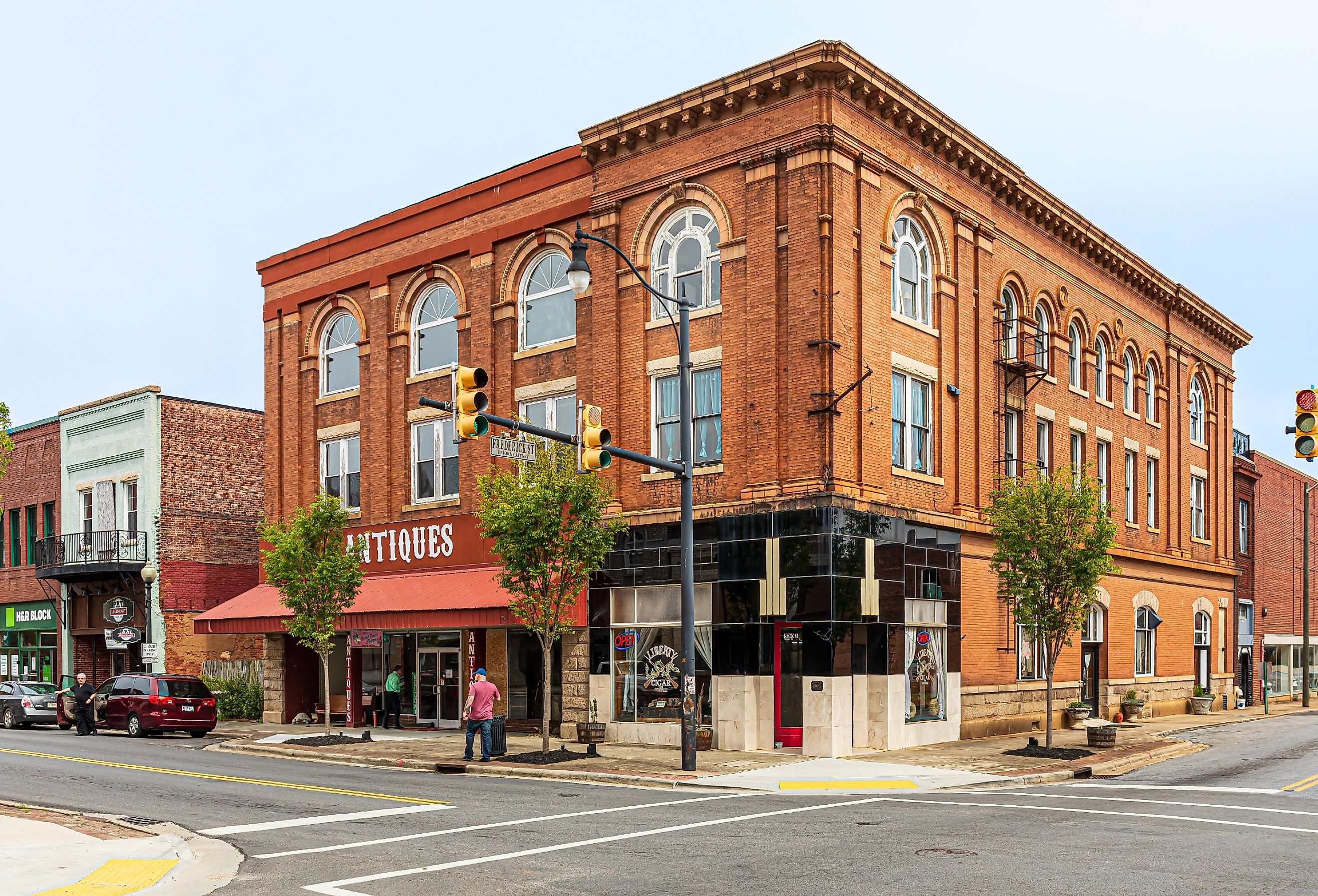
8 of the Most Charming Small Towns to Visit in South Carolina
South Carolina is a southeastern US state known for its shoreline of subtropical beaches and marsh-like sea islands. Historically significant, South Carolina was the first state to secede from the Union, leading to the American Civil War. The state's economy is driven by agriculture, manufacturing, and tourism, with agriculture focusing on tobacco, poultry, cattle, dairy products, and soybeans. The most prominent city in South Carolina is arguably Charleston, famous for its well-preserved antebellum architecture and pivotal role in the American Revolution and Civil War.
Beaufort
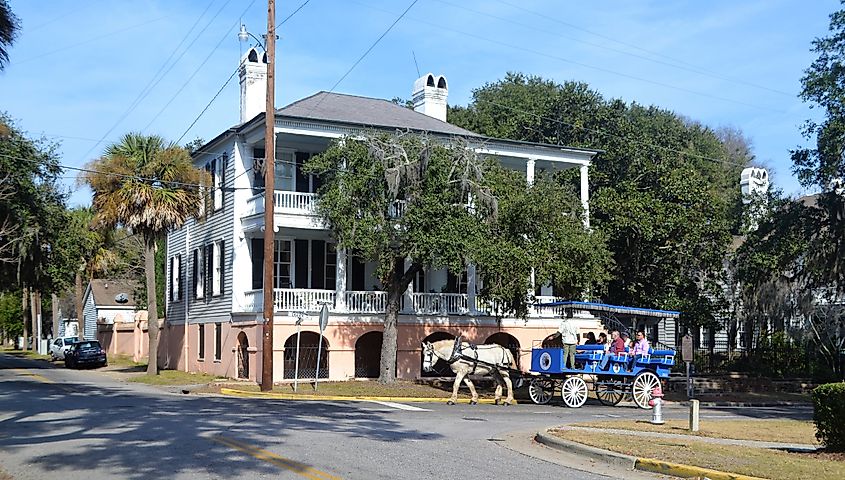
Beaufort, South Carolina, is nestled in the Sea Islands and Lowcountry. Founded in 1711, it is the second-oldest city in South Carolina. Its past includes periods of Spanish and French exploration, significant Revolutionary and Civil War history, and a rich Gullah culture from its large population of freed slaves post-Civil War. The city’s coastal location has scenic waterways and maritime forests. Beaufort is known for its well-preserved antebellum architecture.
Hunting Island State Park is a must-visit for nature lovers; it has five miles of beaches, a historic lighthouse open for climbing, and several walking trails through maritime forests and saltwater marshes. Beaufort National Cemetery, established in 1863, is a solemn site and poignant reminder of the sacrifices made during the Civil War, with meticulously arranged grave sites and a reflective atmosphere. For an educational outing, the Port Royal Sound Foundation Maritime Center has interactive exhibits and educational programs on the local marine ecosystem and cultural heritage.
Bluffton
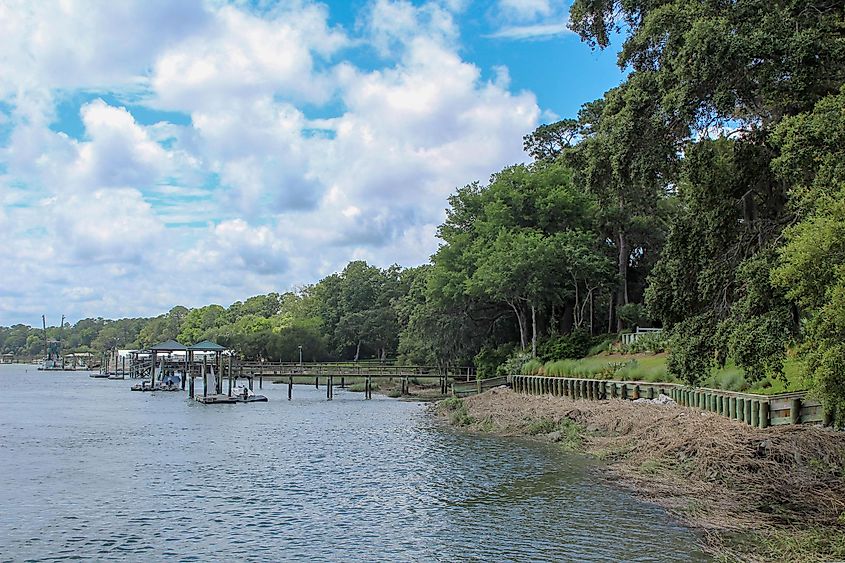
Bluffton is a coastal town along the bluffs of the May River in the Lowcountry region. Rich in antebellum history and exuding Southern charm, Bluffton was established in 1825 and quickly became a popular retreat for wealthy plantation owners seeking respite from the summer heat. Bluffton's geography, with vast expanses of wetlands, rivers, and coastal landscapes, supports the town's biodiversity.
Visitors to Bluffton can visit the Bluffton Oyster Company, one of the last hand-shucking houses in the state. It offers a glimpse into the traditional oystering industry, a cornerstone of the local economy and culture for generations. Tours and tastings provide a hands-on experience. Rose Hill Mansion, known as the "beautiful plantation," has guided tours that explore its restored antebellum architecture and recount the stories of its historical significance. Lastly, the Victoria Bluff Heritage Preserve is home to 1,200 acres of protected forest and wetlands. Trails meander through diverse habitats for hiking, bird watching, and encountering native wildlife.
Georgetown
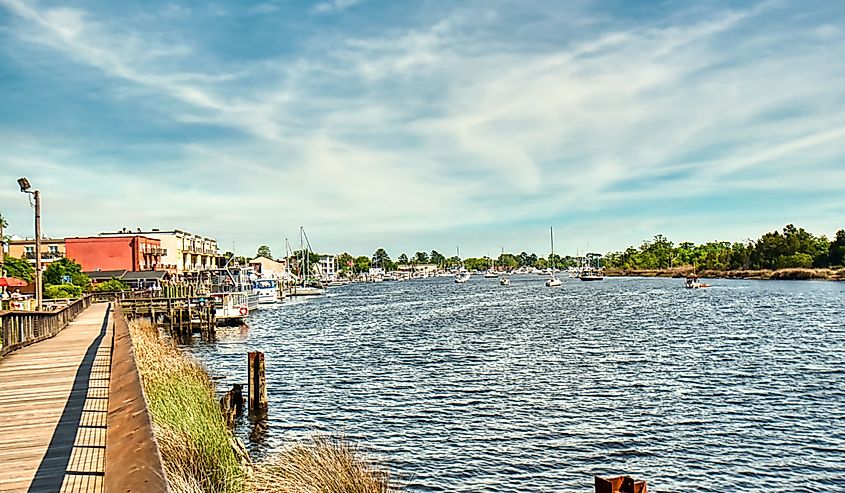
Georgetown, South Carolina, dates back to its founding in 1729. Located at the confluence of the Sampit River, Winyah Bay, and the Atlantic Ocean, Georgetown was a crucial port and trading center during the colonial and antebellum periods. Its economy was heavily driven by rice cultivation, utilizing the fertile floodplains of nearby rivers, which made it one of the wealthiest cities per capita in the mid-18th century.
The Kaminski House Museum, located in the center of Georgetown's historic district, is housed in an 18th-century mansion and has a collection of American and English antiques, decorative arts, and personal items. Visitors here can discover the lifestyle of Georgetown's elite during its economic boom. Hobcaw Barony, a 16,000-acre preserve just outside the town, lets visitors explore a former plantation. It is now dedicated to research and education on natural and cultural history. The Georgetown Lighthouse, on North Island at the entrance to Winyah Bay, is one of South Carolina’s oldest lighthouses, accessible by boat. It is a great excursion for those interested in coastal scenery.
Aiken
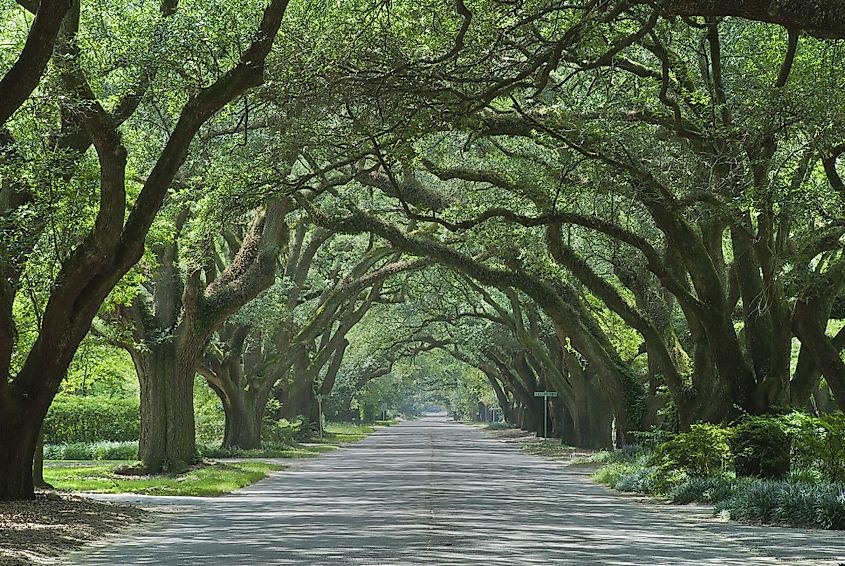
Aiken is in the western part of South Carolina near the Georgia border. Founded in 1835, Aiken was established as a health resort for Charleston's wealthy residents seeking a reprieve from the coastal heat. Its location along the South Carolina Railroad Line made it a prime destination. The town quickly became a winter colony during the late 19th and early 20th centuries, attracting Northern industrialists who built winter homes here. Aiken's reputation as a horse country was cemented by its polo fields, thoroughbred races, and steeplechase events, which continue to draw equestrian enthusiasts.
Hopelands Gardens is a 14-acre estate that was once the winter home of the Hope family. Now transformed into a public garden, it has walking paths, fountains, and local flora, making it a peaceful retreat. The DuPont Planetarium and RPSEC Observatory, located at the University of South Carolina Aiken, have educational shows about astronomy and the night sky, along with public viewings through its observatory that allows visitors to explore the cosmos. Hitchcock Woods, one of the largest urban forests in the United States, spans over 2,100 acres and has miles of trails for horseback riding.
Walhalla
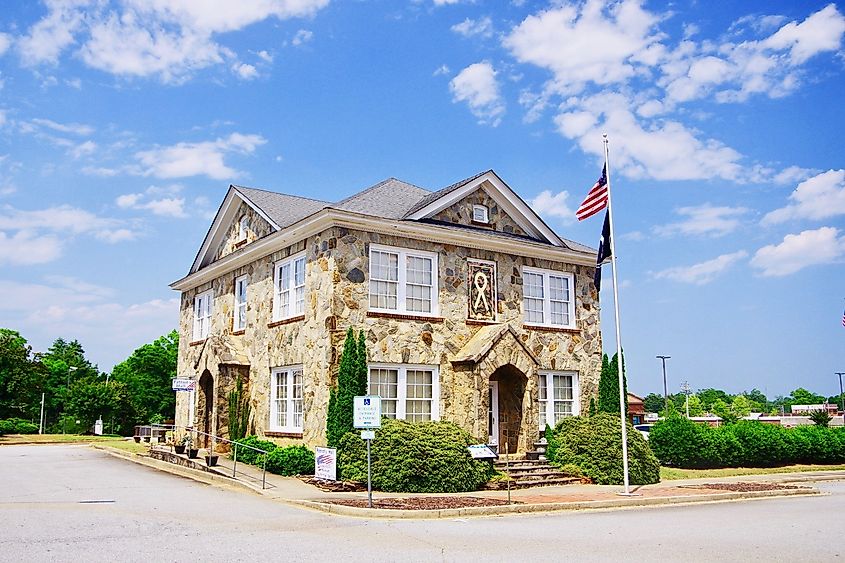
Walhalla, South Carolina, is a town in the foothills of the Blue Ridge Mountains. Founded in 1850 by German immigrants, the town's name, derived from Norse mythology, means "Valley of the Gods." Walhalla was developed as a planned community and quickly became a hub for agriculture and commerce. The area's natural beauty, characterized by rolling hills, dense forests, and cascading waterfalls, has historically made it a desirable location for settlers and, more recently, for tourists.
Stumphouse Tunnel Park and Issaqueena Falls is home to the unfinished Stumphouse Tunnel, an engineering relic from the 1850s, and the nearby Issaqueena Falls, a waterfall named after a Native American legend. The Walhalla Fish Hatchery, located in the Sumter National Forest, educates visitors on the management of local fisheries, with opportunities to learn about trout production and stream ecology. Oconee Station State Historic Site has two well-preserved structures from the late 18th and early 19th centuries—a military compound and a trading post—that show the area's role in the early frontier defense and the fur trade.
McClellanville
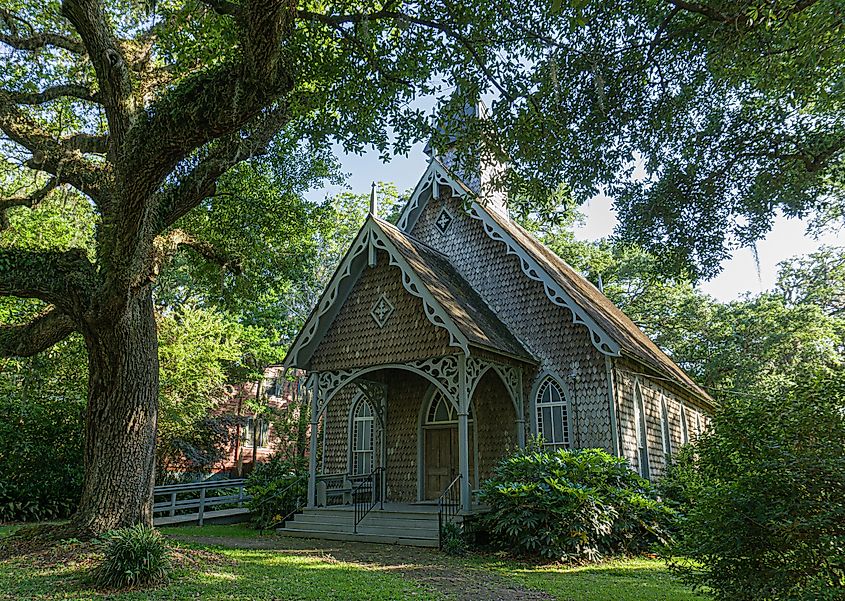
McClellanville, South Carolina, is a fishing village in the Cape Romain region, along the Atlantic coast. Established in the late 19th century primarily by families from nearby plantations seeking an escape from the malaria-prone inland areas, McClellanville developed as a key community for the local seafood industry, particularly shrimping, which remains a vital part of its cultural identity. The town's setting is marked by ancient oak trees draped with Spanish moss, historic homes, and shrimp boats lining the creeks and waterways.
The Cape Romain National Wildlife Refuge, just north of town, spans 66,000 acres of diverse habitats, including salt marshes, barrier islands, and maritime forests. It is a spot for bird-watching, kayaking, and hiking. Visitors should keep a lookout for loggerhead turtles. Hampton Plantation State Historic Site has an 18th-century mansion amid live oaks. The site educates visitors on the lives of the plantation's owners and enslaved Africans through stories and artifacts. Lastly, the Santee Coastal Reserve combines a managed wildlife area with a historical rice plantation. It is great for exploring the unique ecosystems of the coastal wetlands.
Edgefield
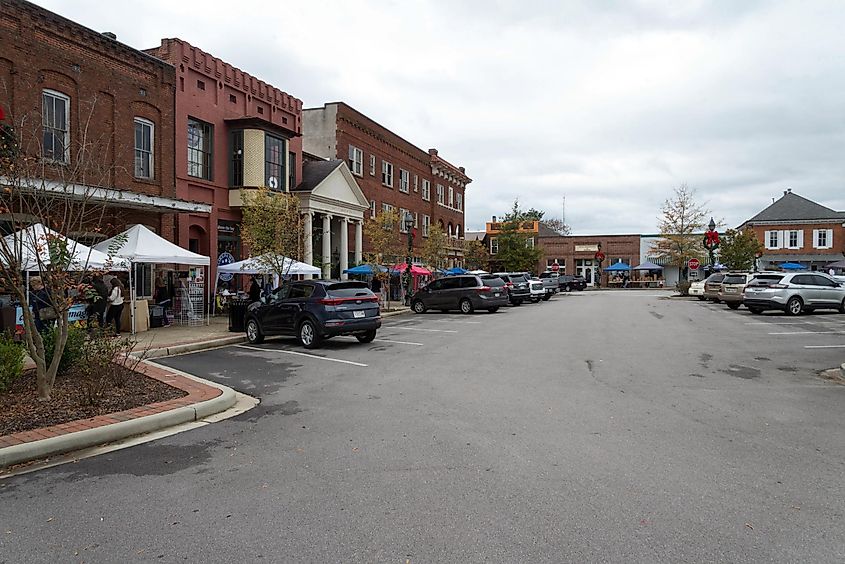
Edgefield is located in the Piedmont region of South Carolina. Founded in the early 19th century, the town is famously known as the home of ten South Carolina governors, reflecting its longstanding influence in state politics.
The National Wild Turkey Federation's Winchester Museum is a must-visit attraction. It promotes wildlife conservation with a focus on the wild turkey. The museum has interactive exhibits and displays that appeal to wildlife enthusiasts of all ages. Additionally, the Ten Governors Rail Trail follows a path that celebrates the legacy of the governors from Edgefield. The trail is perfect for walking and biking.
Gaffney
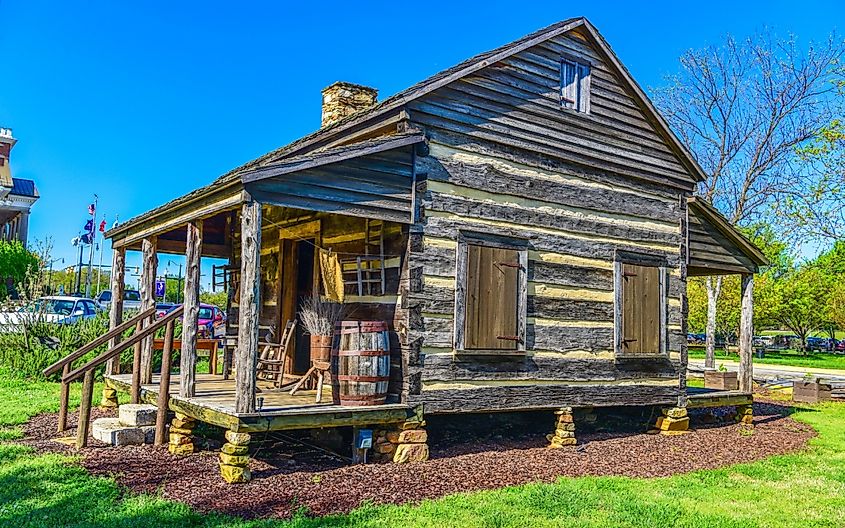
Gaffney, South Carolina, is a small town in the northern part of the state in Cherokee County. Founded in the late 18th century and incorporated in 1875, Gaffney was significant during the Revolutionary War era; it was a focal point for American resistance against British rule. The town later developed as a major textile manufacturing spot in the 20th century.
Cowpens National Battlefield is a key historical site, marking the location of the decisive Battle of Cowpens in 1781, which was a turning point in the Southern campaign of the American Revolutionary War. The park has a visitor center with interactive exhibits, a battlefield trail, and reenactments that bring this pivotal moment in American history to life. The Peachoid, while primarily a functional water tower, stands as a beloved landmark of Gaffney. It makes for a unique photo opportunity and a testament to the region's agricultural significance, specifically peach farming.
South Carolina's small towns are quintessential representations of Southern charm and historical depth. Beaufort captivates with its antebellum architecture and Gullah culture, while the coastal town of Bluffton invites visitors to explore its biodiversity. Still, Georgetown's significance as a historical port deep dives into the state's colonial past. These towns, among others, embody the charming atmosphere of South Carolina, making them must-visit destinations for anyone seeking to experience genuine Southern hospitality and history.
